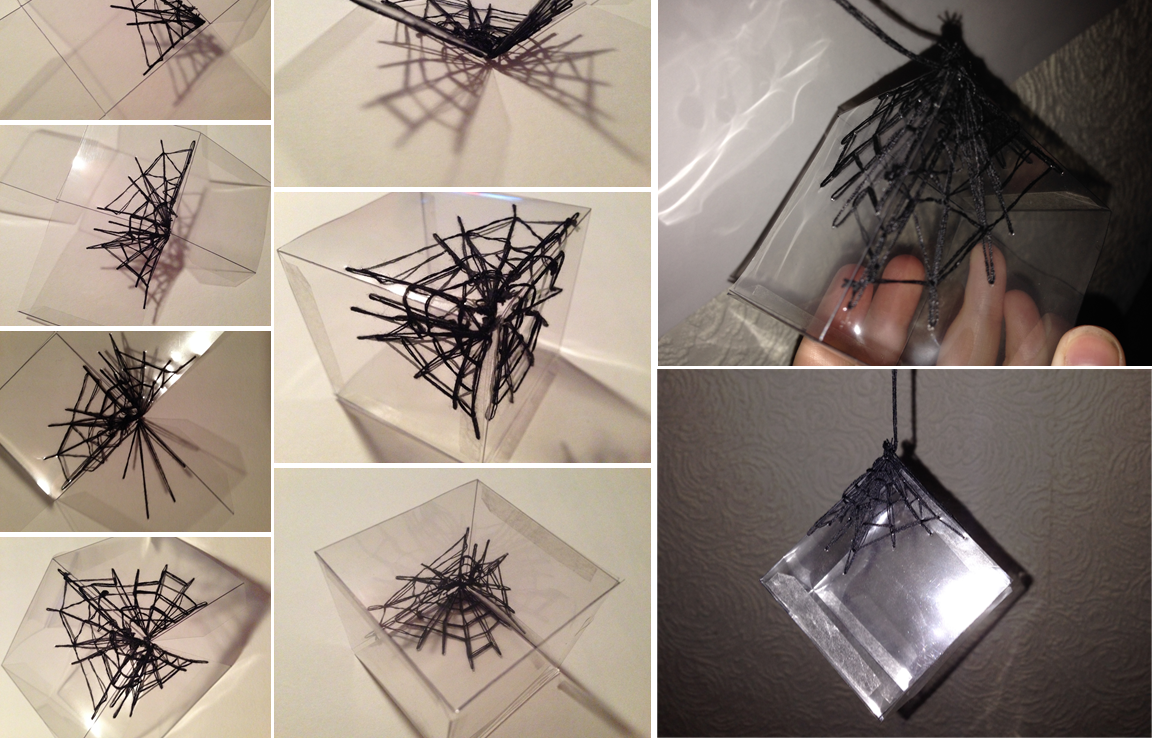After seeing Julie
and her advising me that I need to become more decisive on my context, I began
to consider where I actually want to see my work. As I am interested in
installations, 3-dimensionality and light, these are the concepts my pieces
will involve and work towards. To be decisive, I have decided that my work will
be produced with a focused contemporary installation in mind. Maybe a type of
light installation that; could become a positioned piece in a gallery space or
functionally used as a chandelier of some nature. My theme of ‘Order vs.
Chaos’, alongside ‘Nature and Manmade’ will still apply as some of my ideas
already produced; inspire aspects that could work on a larger scale to become
my intended outcome. After taking a week out of my project because of my essay,
looking back through my project after this break gave me prospective on where I
want my work to aim.
I was slightly
nervous at the prospect of today’s tutorial with Mark. After taking some time
away from my project, to complete my first draft of my dissertation, I felt
lost with what I was going to continue experimenting with. As seen from my blog
and sketchbook, I stopped working with acetate as I felt like I had exhausted
all avenues and began working with paper. Using paper is where my original
experimentation work started to inspired me to work with acetate, by going back
to the start by using paper again; I was hoping it would supply further
inspiration as to where my project will continue. I created a few samples from
paper but using paper did not supply me with any further ideas, I felt like my
work was going backwards instead of improving. I began to go through my
sketchbook again to pick out samples that made the most impact and this
seemed to help but going into tutorial, I still felt unsure of what my next
steps were going to be.
After optional
tutors and a dentist appointment, it has been 4 weeks that Mark had not seen my
work, so getting his feedback was beneficial. Mark suggests to me that I should read and examine
my drawings further as this was where all my experiments were at its highest
point, they informed my structural work. As I want to begin working with
materials, Mark suggested I experiment with the laser cutting but directly
cutting out and engraving into a variety of materials. This is something that
has interested me, I have been aware of the laser cutter for a while but I did
not feel ready, until now, I am going to begin using some of my existing
drawings and experiment with them on the laser cutter and engraver, experimenting
with a variety of materials.
As I like the
transparency that the acetate has provided, I am going to continue using
acetate along with other transparent materials such as plastics and Perspex. I
also want to experiment with fabrics but not in as much depth, I just want to
experiment with material qualities to find the one that is appropriate for me.
I visited Aidan, the laser cutter technician and he was incredibly helpful on
where I need to begin with illustrator, time scale for each piece and material
sizes for testers. By Monday or Tuesday, I am hoping to have a selective range
of illustrator designs, taken from my drawings, which I will then go on to the
laser cutter with. From here, I think it will provide me with a lot more ideas
on materials, patterns, scale and structure, to experiment with and maybe help
produce some visualisations that all lead the correct way.





















